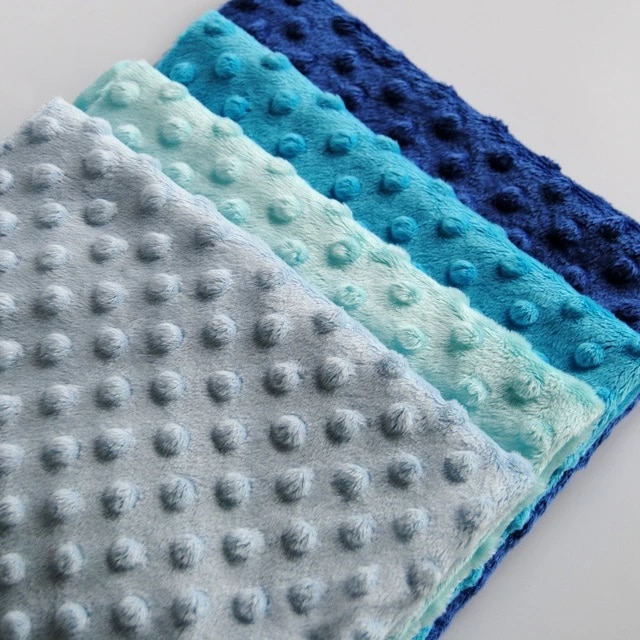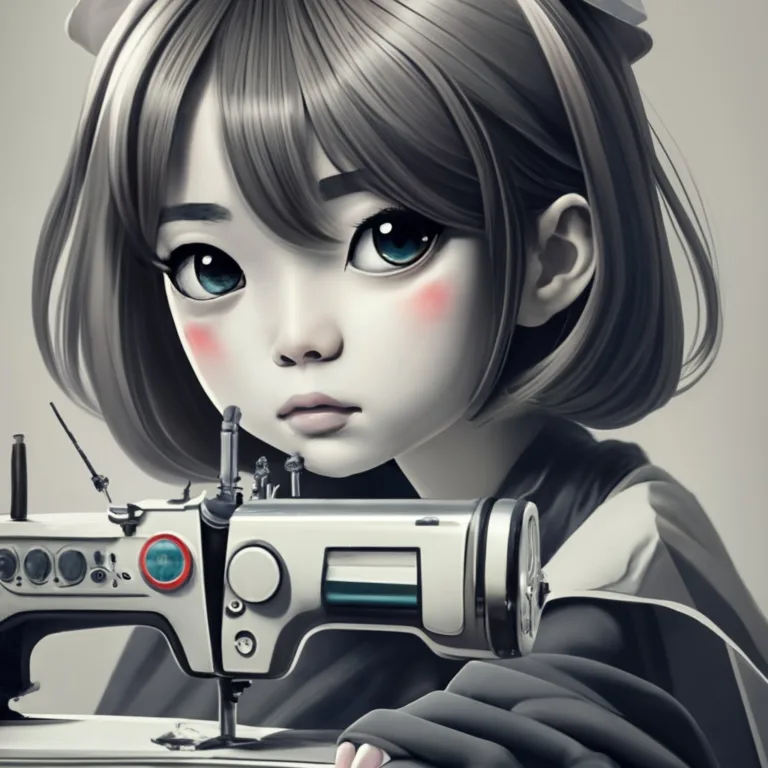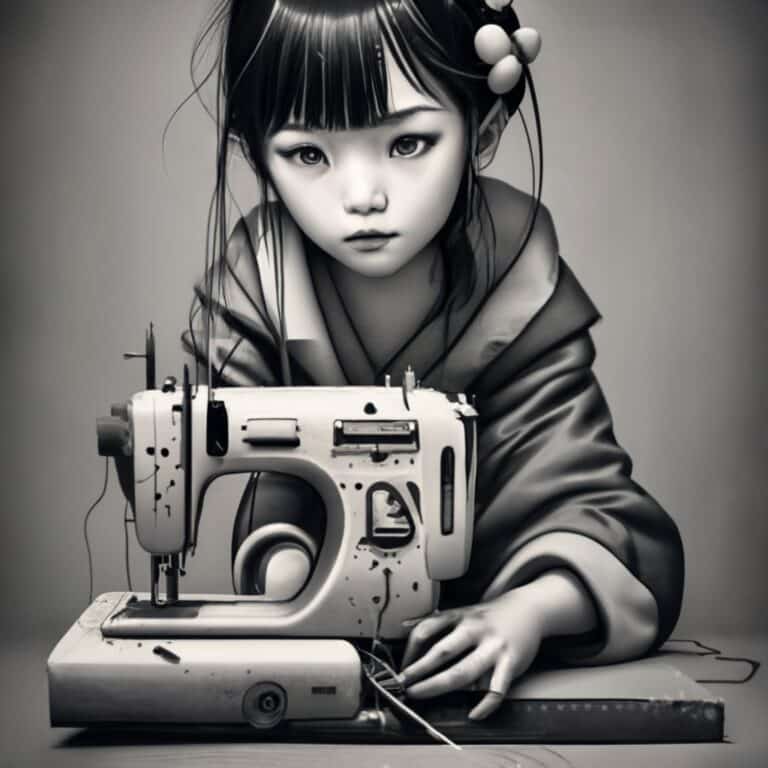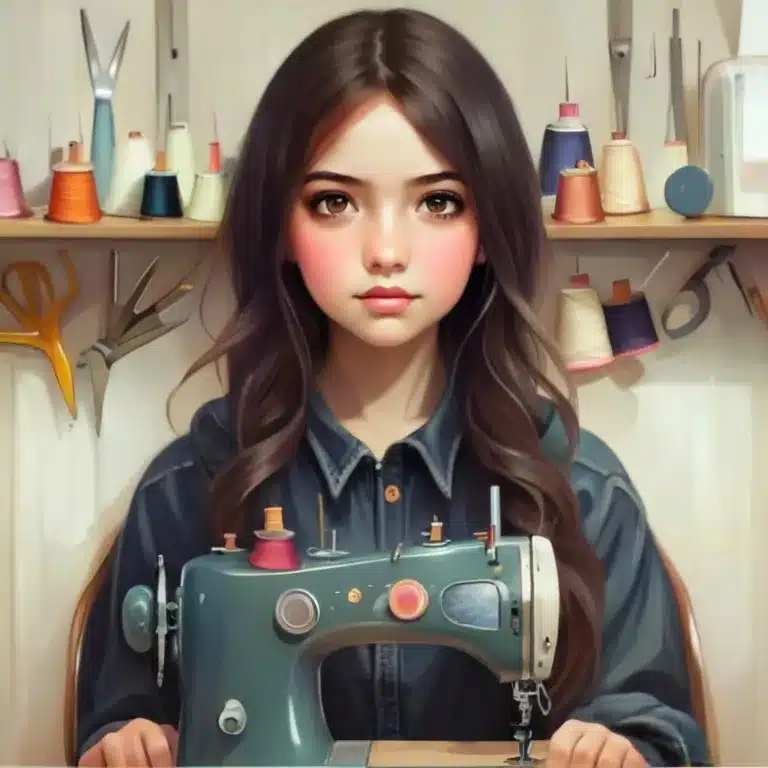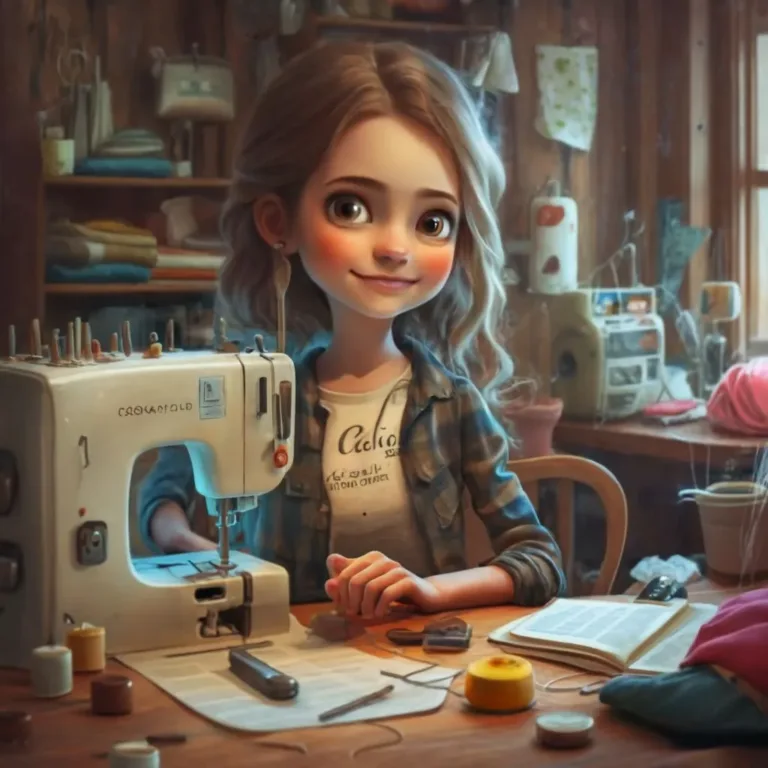The 8 essential sewing points to know
We invite you to discover the 8 points to know in priority when you start with a sewing machine. When you discover your first device, you can be lost in the face of the multitude of points offered. Some manuals consider that you are seasoned and do not take care to explain what type of project to use for which stitch. Here is our guide to essential sewing stitches, which will certainly accompany you in your next projects.
The straight stitch
The straight stitch works as follows: the top thread crosses the fabric, forms a knot with the bobbin thread and comes back on top. It is most often indicated for joining two fabrics. It is also used for decorative purposes when it is used for topstitching a work.
On most sewing machines, you will be able to adjust the stitch length. This is the gap between each bite. Tight stitches (2mm) are recommended for assembling fine and delicate fabrics such as silk. If the fabric puckers, all you have to do is loosen the thread tension a little, as indicated in the instructions for your device.
Longer stitches (3-5mm) will work for normal or thick fabrics. You must keep in mind that the sewn thickness reduces the distance from one point to another. Feel free to practice on offcuts to choose the right stitch size for your project. However, you can choose a thread under tension to create a pleating effect.
The zigzag stitch
The zigzag stitch can be used in the following cases:
To overcast a project and prevent the fabric from fraying on the edge in preparation for joining fabrics.
To make a hem
To manually create a buttonhole. It should be noted that most sewing machines now offer automatic buttonhole systems.
For sewing stretch materials. If you pull on an elastic material sewn with a straight stitch, the seam breaks. The zigzag stitch is therefore in order!
If the classic zigzag stitch is the most used, your machine can offer you two other types. The zigzag satin stitch is a tight zigzag that often requires a loosening of the thread and can be used for decorative reasons. The triple zigzag stitch is ideal for sewing stretchy fabrics or fabrics that tend to pucker.
The invisible point
The invisible point is the one that will close a work discreetly. It can be done by hand. At Bouillon de Couture, we have in mind the sewing of cases with zippers, which are completely returned at the end of the work through an opening left for this purpose. It is necessary to close this opening as discreetly as possible, using the invisible stitch for obvious reasons of aesthetics.
The basting point
The basting stitch is a kind of pre-sewing of the work before the execution of delicate stitches. It is a technique by which one comes to carry out points with the hand, which will then be removed. Their purpose is to simply guide the seam or the pins. This is a stitch that starts voluntarily, roughly with a knot on the outside, to locate it and cut it easily after sewing. In a lighter way, this is often the way beginners pick up a holey garment, by hand. Do you recognize this not very solid stitch that we have all already done before discovering the happiness of a sewing machine? 😉
The point before
Forward stitch is not really a type of stitch. It is the act of sewing in the natural drive direction of the sewing machine. It is therefore, more simply, when the fabric moves away from you.
The back stitch
The back stitch is, unsurprisingly, the opposite of the forward stitch. This is when the fabric is pulled towards you. It is quite rare to sew large lines in this position, which is less comfortable than in front. A small latch often needs to be held while backstitching. Some sewing machines are equipped with automatic reverse, for easier use, especially at Singer and Brother.
Backstitch is often used at the beginning and end of the line. We make a stitch forward then a stitch back to make sure that the work cannot unravel.
The slipper stitch
The slipper stitch may be familiar to you if you are a fan of embroidery. It consists of a two-line seam with a slight backstitch on the opposite side before each new seam. Offered by some sewing machines, it will be suitable for:
sew thick or stretchy fabrics;
make a hem;
assemble fabrics.
The overedge stitch
The overcast stitch is used to sew the edge of fabrics and prevent them from fraying when making or using your creation. It is also used on the edge of buttonholes. As you can see, it takes over a number of features from the zigzag stitch. You must remember that the zigzag stitch is only to be used in these cases, provided that you do not have the overcasting stitch, specifically provided for these effects.

